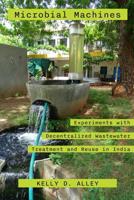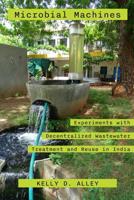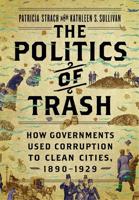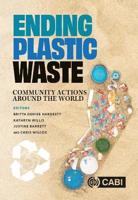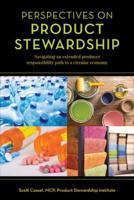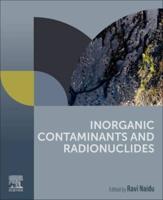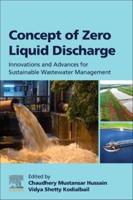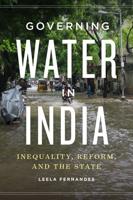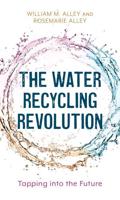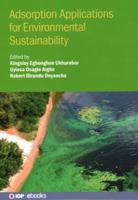Publisher's Synopsis
Water pollution is a well recognized problem for over a half century now as it is harming our freshwater sources, food supplies, animals, plants, environment and marine ecosystem. An intentional or accidental discharge of toxic chemicals, materials, contaminants and harmful compounds in lakes, rivers or oceans causing alteration in physical, chemical and biological characteristics of water that may in turn produce harmful effects on living organisms or make water unsuitable for desired purposes is called water pollution. The major sources of water pollution are domestic effluents, sewage disposal, plastics, garbage from construction sites, animal waste, chemical fertilizers and pesticides, industrial waste water, thermal pollution from factories and power plants, heavy metals such as lead, cadmium and mercury, leakage from landfills, mining activities, radioactive waste, oil slicks and marine dumping. The water pollution may cause water-borne diseases such as diarrhea, trachoma, intestinal worms, hepatitis, jaundice, etc. and even death. In addition to being harmful to humans, water pollution greatly affects plant life, land animals and aquatic creatures as well. Increased public awareness, stringent environment laws and polluter pays principle are the three fundamentals usually agreed upon by most environmental experts to help tackle this problem. The present volume of the series discusses these and several other issues pertaining to water pollution and waste water treatment at length. This volume includes discussion on the following topics: o Water quality parameters o Water quality and eutrophication: Fate of freshwater in Asia o Types and treatment of water pollution o Groundwater pollution: Human and natural sources and risks o Marine pollution o Innovative treatment technology for municipal wastewater o Hybrid metal oxide semiconductors for waste water treatment o Microorganisms for wastewater purification and reuse of water and sludge o Microalgae utilization for removal of emerging contaminants in wastewater o Ultra filtration behaviour of organic mixtures simulating Sweetwater solutions o Treatment of tequila vinasse in an inverse fluidized bed bioreactor o Transformation and removal of metals in metallurgical plants effluents o Sorption wastewater treatment from metal ions using modified phosphate dolomite o Modified textile fibers for waste water treatment o Arsenic removal from industrial effluents through ferric arsenate precipitation o Development of integrated methodology for fouling control in membrane bioreactors o Membrane bioreactor and osmotic membrane bioreactor for wastewater treatment o Levels, sources and trends of oil pollution in northern Caspian o Response of macrophysics and their role in constructed wetlands o Low-cost activated carbon biosorbents for removal of toxic dyes from wastewater o Advances in application of chatoyant in biosorption of heavy metals from waste waters This volume contains 21 articles authored by 66 researchers and/or academicians from 14 nations, namely Argentina, Belarus, Brazil, China, Greece, India, Iran, Malaysia, Mexico, Russia, Singapore, Spain, Taiwan and United Kingdom presenting a glimpse of the various research activities being carried out in different parts of the world in the field of Water Pollution and Waste Water Treatment.

